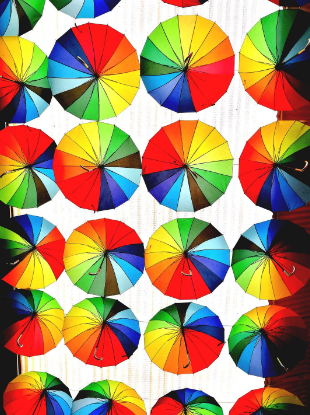However you think of color, it's important to remember

we artists want our colors to work in harmony. But if you’ve been painting for any length of time at all, you know that harmony isn’t always easy to achieve. Color temperatures can be askew, values can be in the wrong range, saturation can get out of hand. It can take a lot of brush strokes to get things right.
Use Your Palette!
At some point along the way I realized something helpful. All the colors available for my painting were present on my palette. I had the whole range of value from light to dark. All the primary colors and some secondary colors were there. Why not use those palette colors to compare the color relationships for my painting?
Use Your Palette!
The best way to use your palette to compare color relationships is to mix your colors right next to each other. Check out the time lapse video below to see what I mean. (Just FYI, the video makes it look a little like I premixed the colors, but I didn’t. The video shows the whole duration of the painting session. I mixed each color as I went along.)
Write your awesome label here.
"All colors are the friends of their neighbors and the lovers of their opposites."
- Marc Chagall
